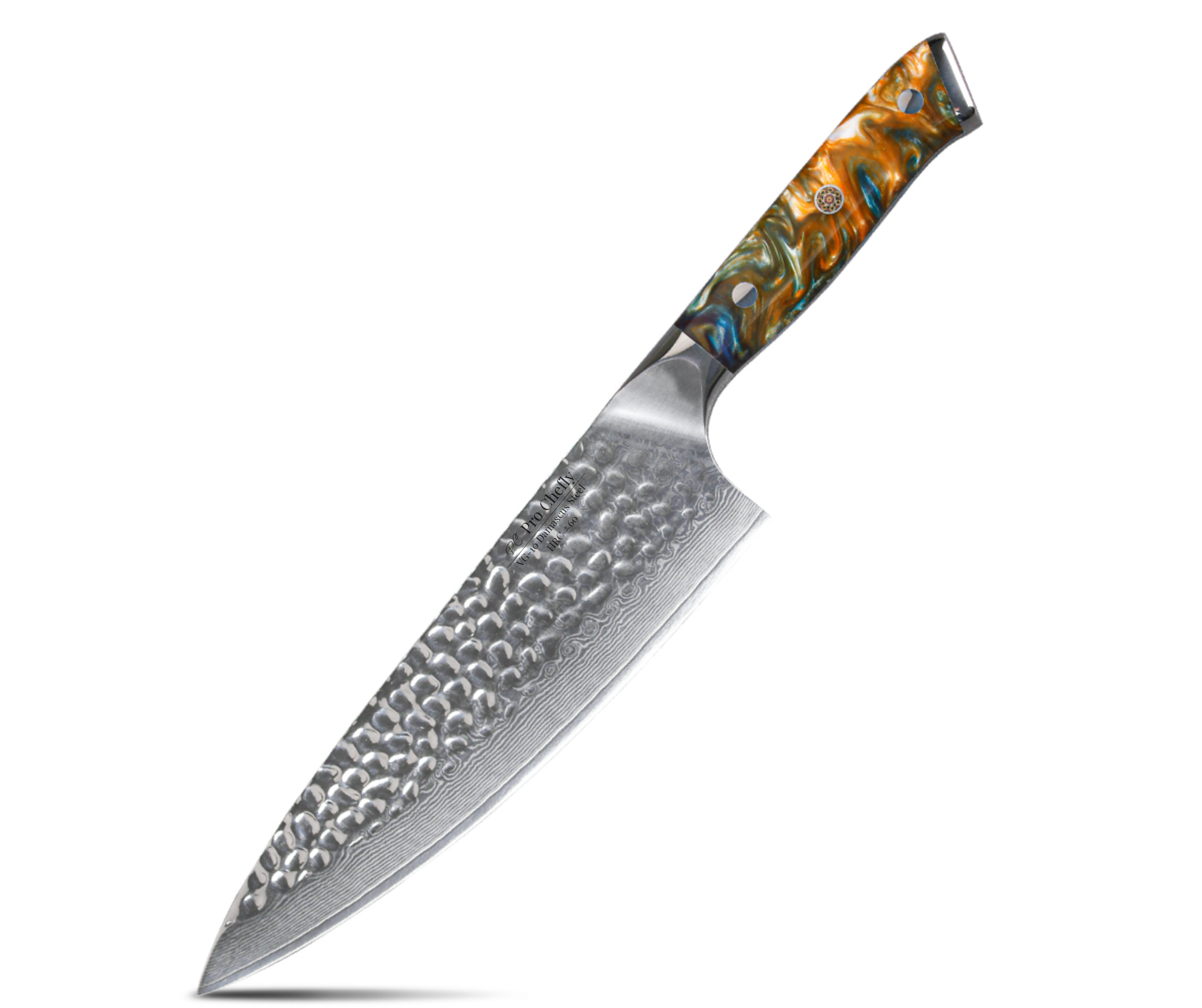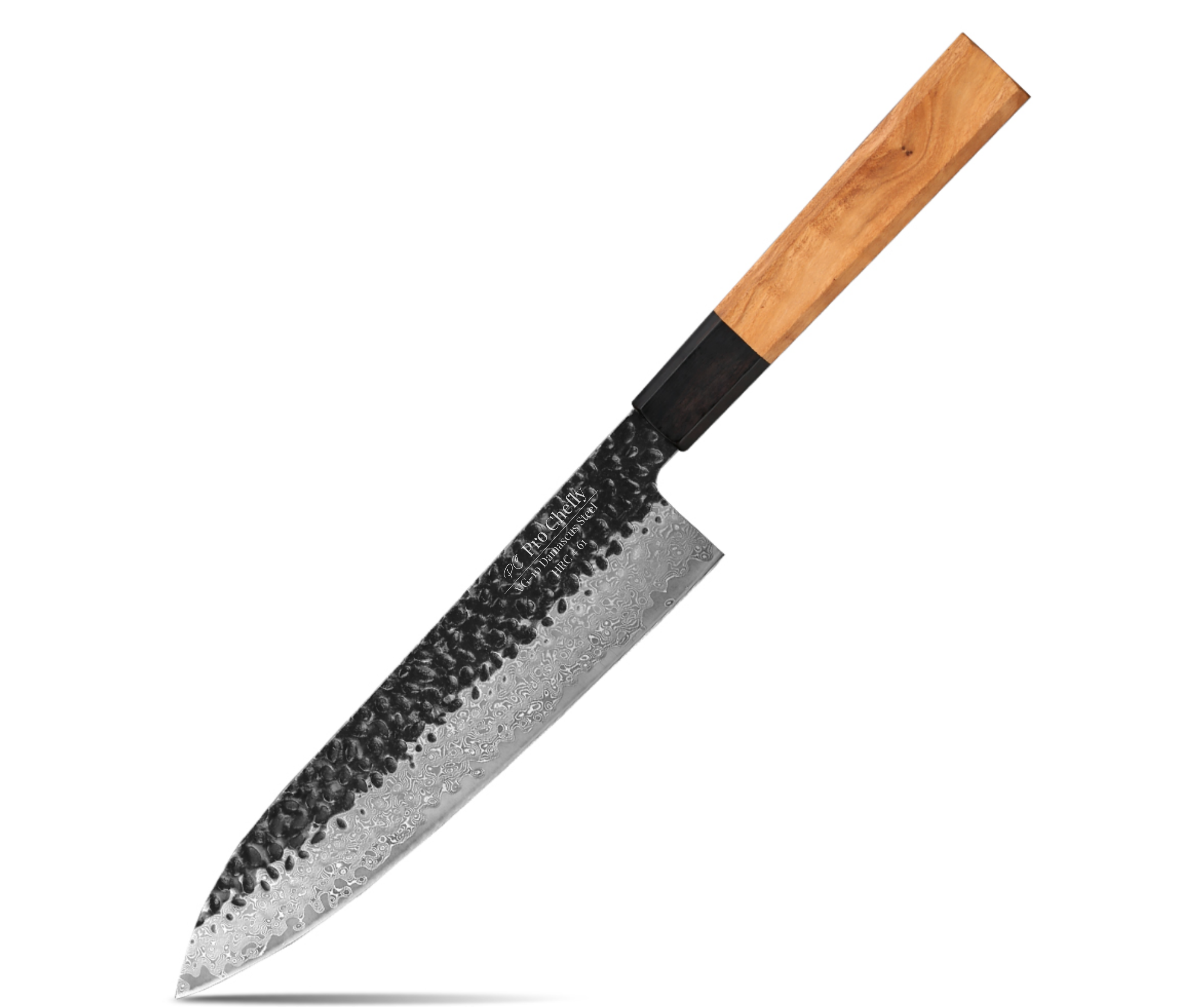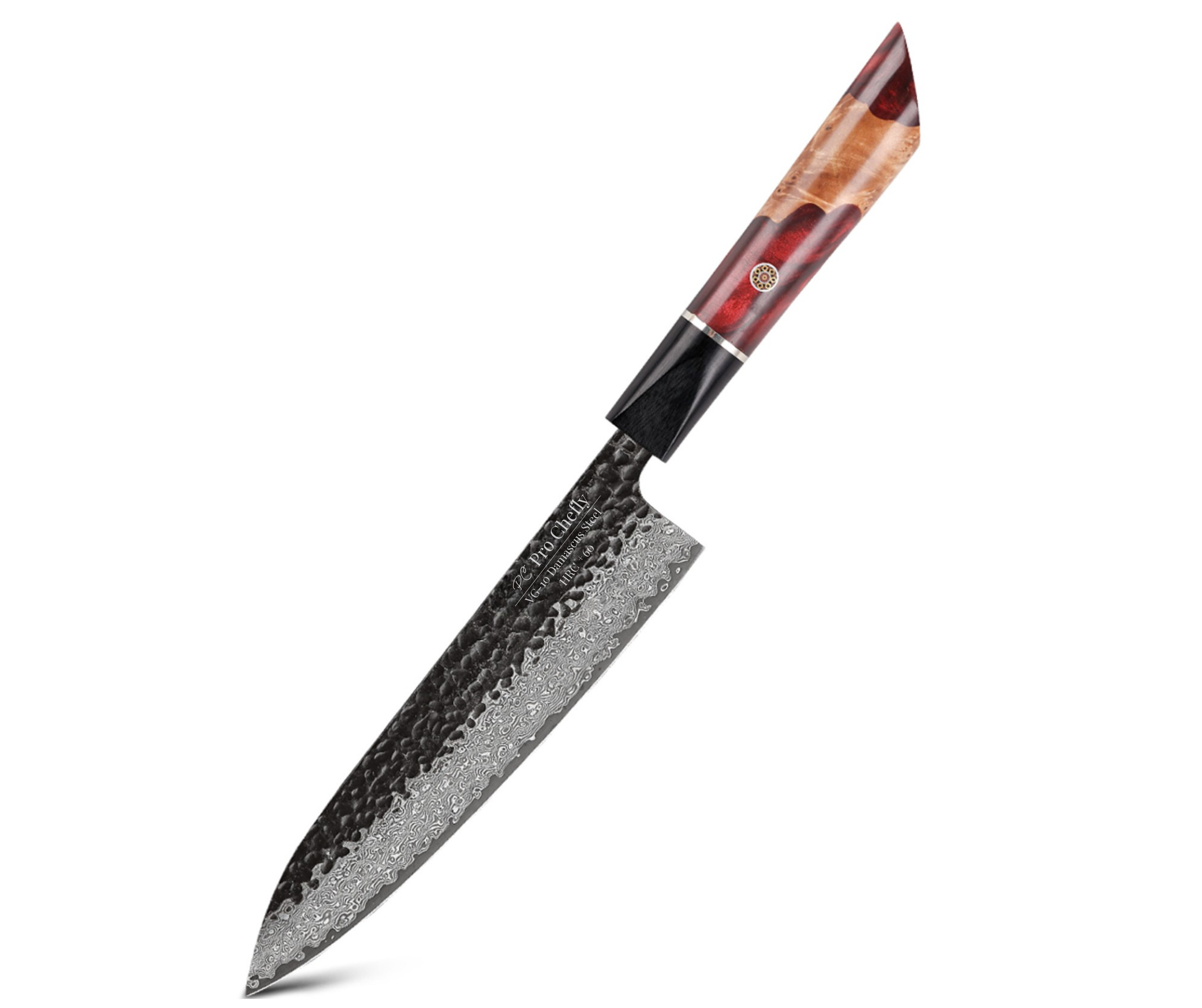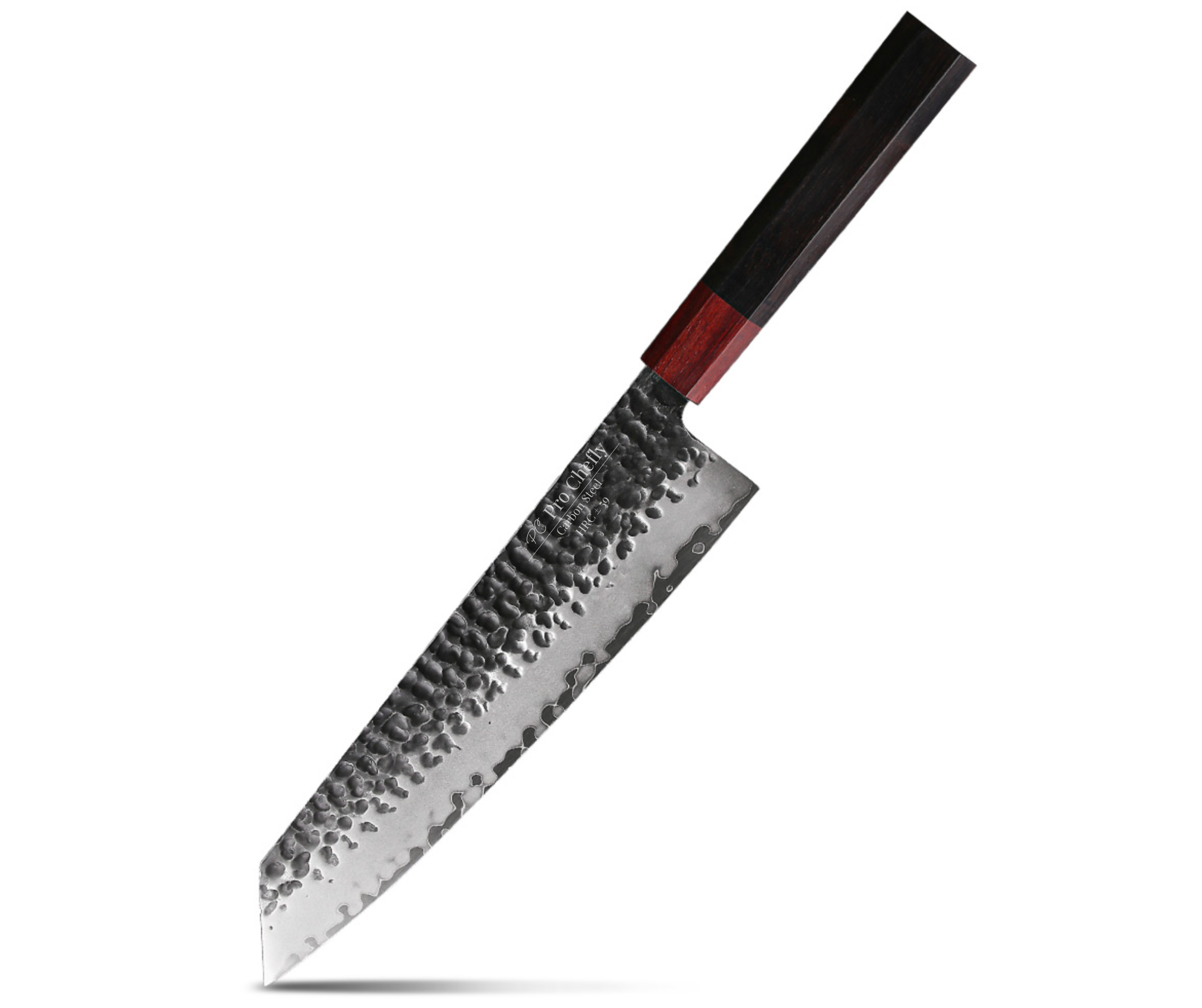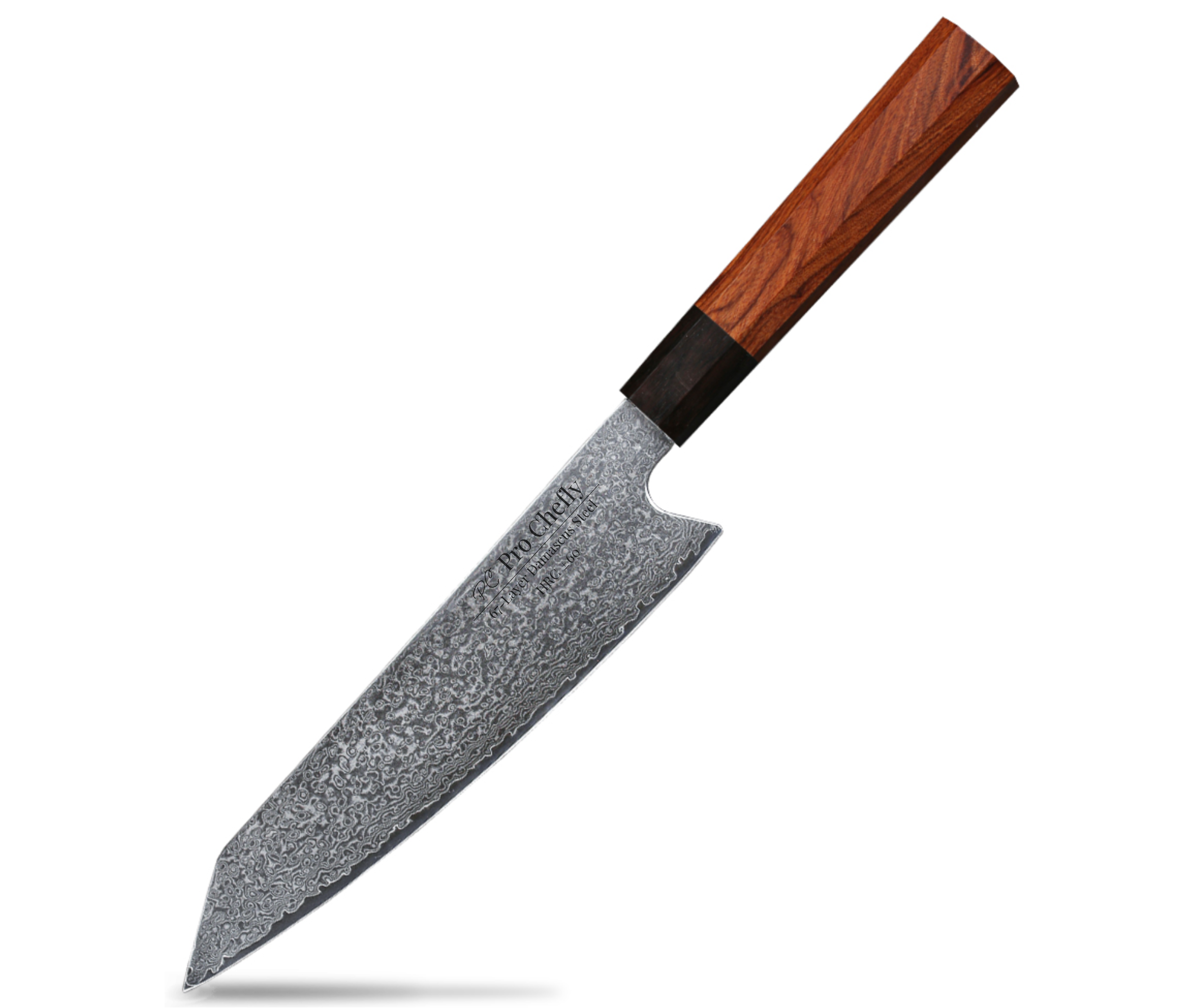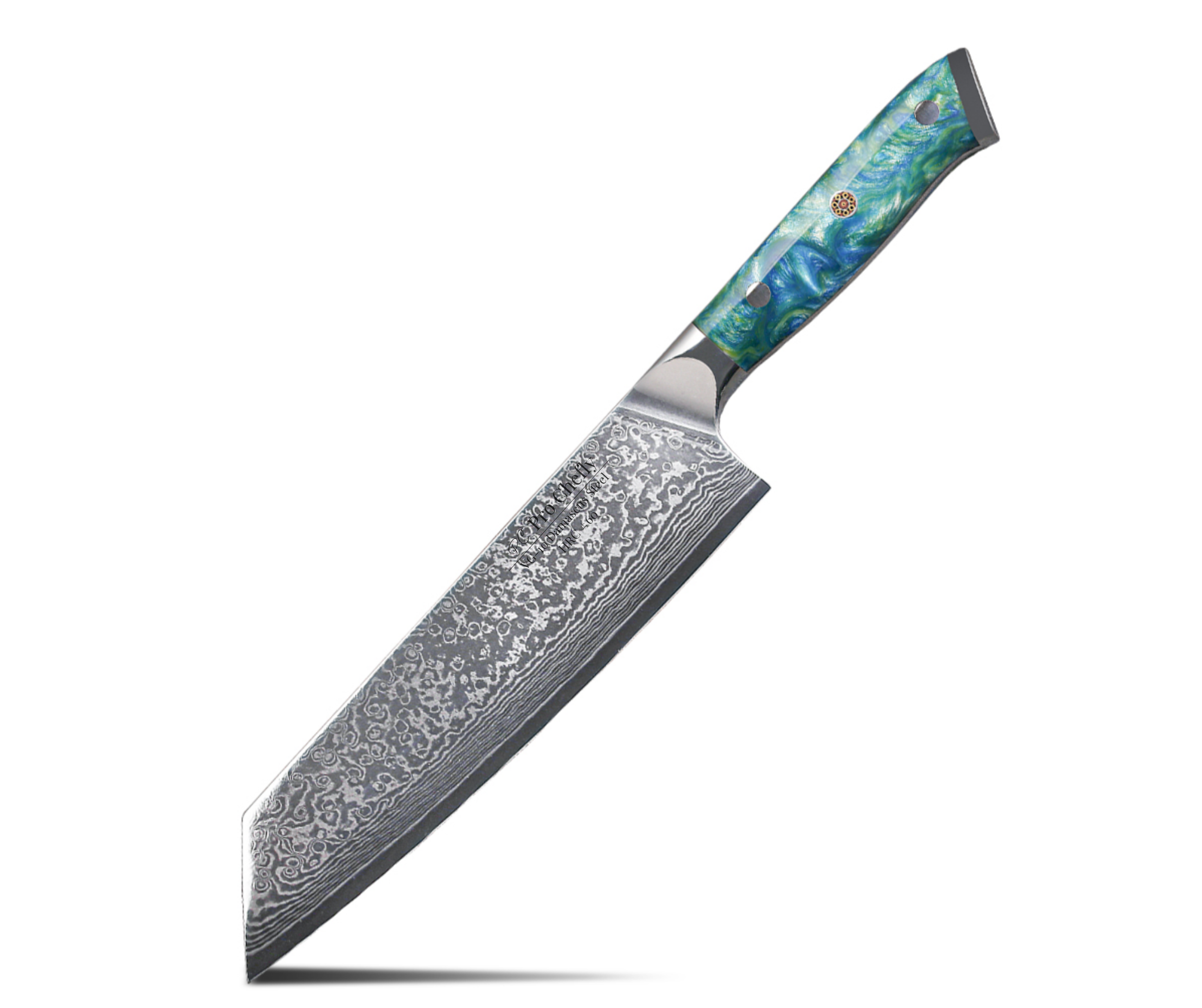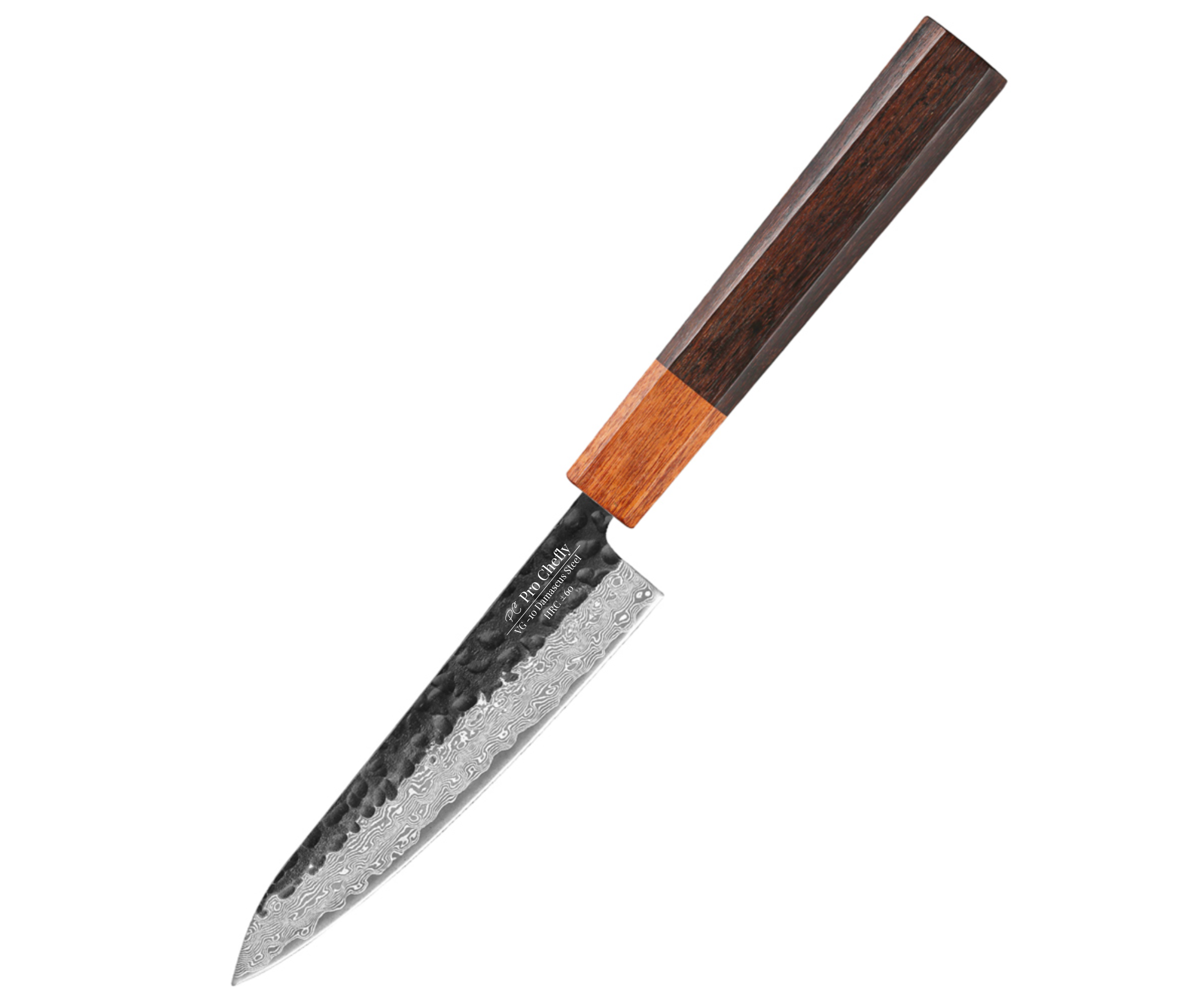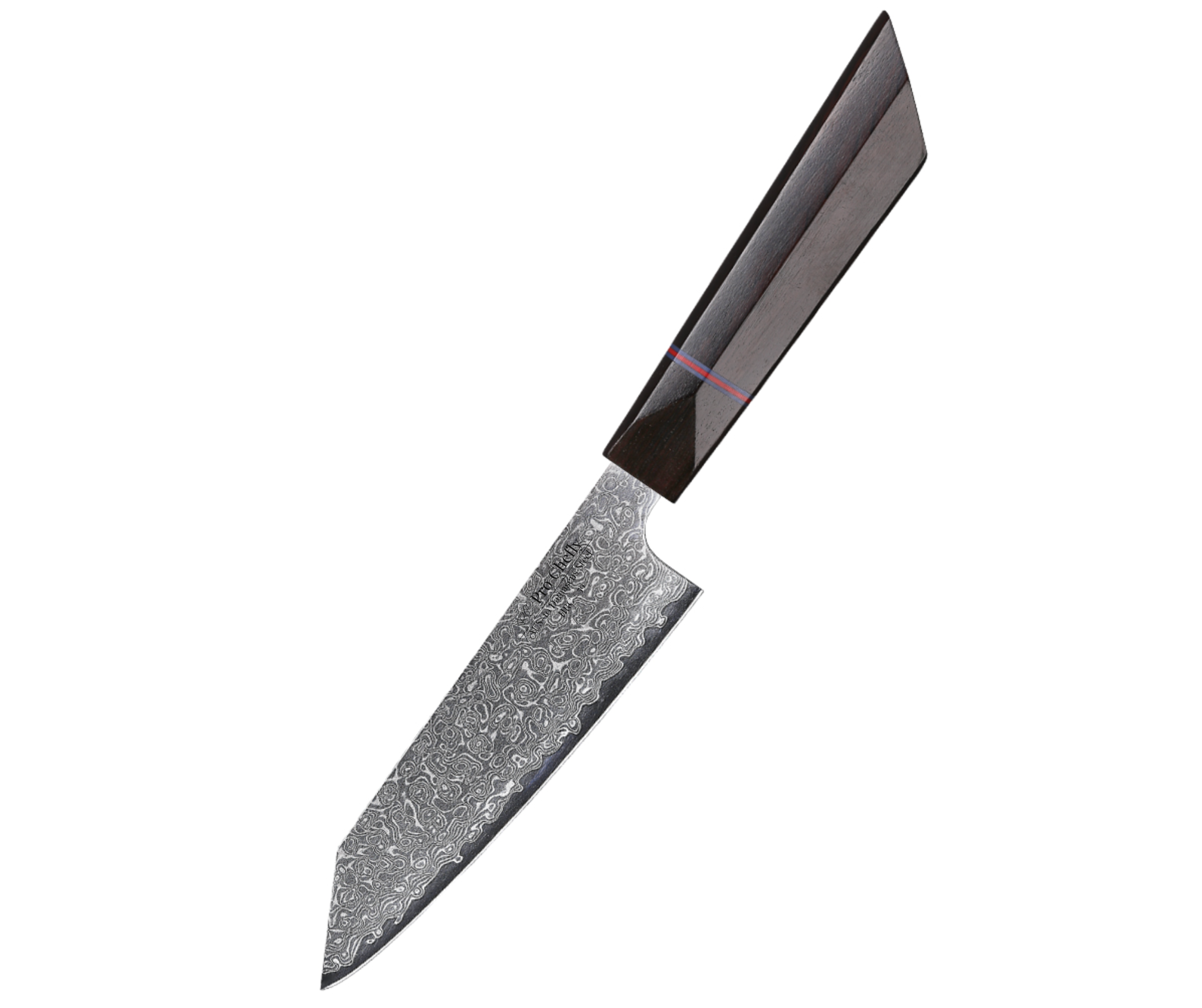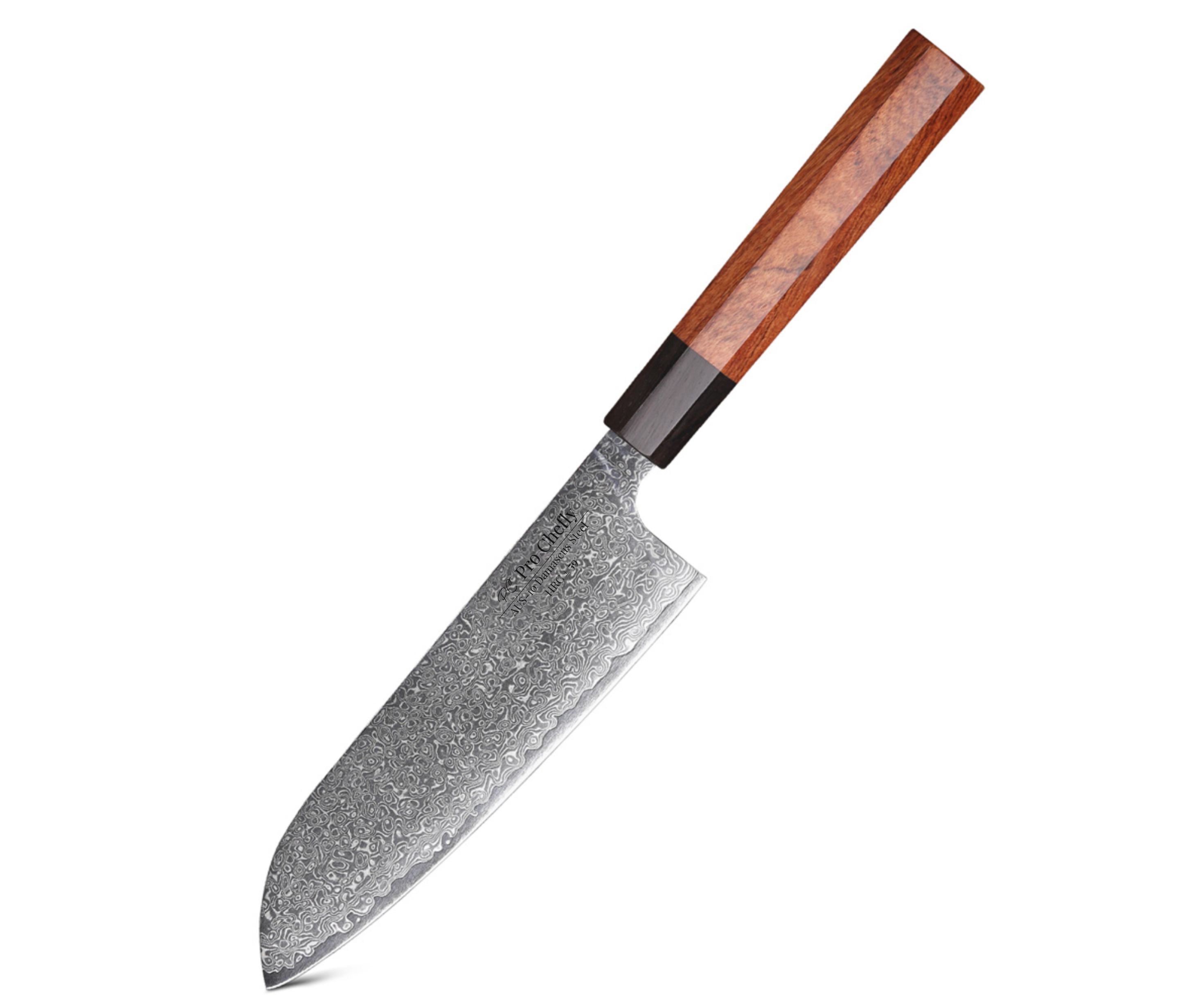Chef’s Overview
Dear Chefs, a sharp chef knife is the heart of any kitchen—but only if you know how to use it safely and efficiently. A knife should feel like an extension of your hand, not a danger to it. Today, I’ll walk you through safety techniques, proper grips, cutting motions, and pro-level tips that will make your prep faster, smoother, and safer. Because at the end of the day, confidence in the kitchen starts with control of your blade.

Why Knife Safety and Efficiency Matter
When I first started cooking, I thought speed was everything. I’d hack away at vegetables with reckless abandon, and let’s just say my fingertips paid the price. Over time, I learned that true efficiency isn’t about speed—it’s about safety and control. As I explained in Why Every Kitchen Needs a Reliable Chef Knife, a well-handled blade saves time, effort, and a trip to the first-aid kit.
Proper Knife Grip for Control and Safety
The Pinch Grip: Best Way to Hold a Chef Knife
Place your thumb and index finger on either side of the blade, just above the handle, while wrapping the rest of your fingers around the handle. This grip maximizes control and minimizes slippage.
The Handle Grip: Easier for Beginners
If the pinch grip feels intimidating, start by holding the knife fully on the handle. It offers less control but is safer for complete beginners. Over time, transitioning to the pinch grip will make your prep more efficient.
Safe Cutting Techniques with a Chef Knife
The Claw Grip for Your Guiding Hand
Curl your guiding hand’s fingers inward like a claw, resting your knuckles against the blade as a guide. This protects your fingertips and keeps your cuts uniform.
Rocking vs. Slicing Motions
Western knives thrive in rocking motions, while Japanese knives excel in push-pull slicing. As I discussed in Western vs Japanese Chef Knives: Which is Better for You, matching your motion to the knife style makes cutting smoother and safer.
Keeping the Cutting Board Stable
Always use a damp towel under your cutting board to prevent slipping. A steady surface is one of the simplest ways to avoid accidents.
How to Use a Chef Knife Efficiently
Organize Your Ingredients Before Cutting
Efficiency starts before the blade touches the board. Group ingredients, clear space, and line up your prep tools so you can cut without stopping.
Match Knife to Task for Speed and Precision
Your chef knife is versatile, but pairing it with a 3.5" VG-10 Damascus Paring Knife or 7" VG-10 Damascus Santoku Knife makes prep faster and safer. Just like I covered in How to Choose the Right Chef Knife for Beginners, matching knife size to the job increases efficiency instantly.
Keep Your Knife Sharp for Faster Prep
A dull knife is not only dangerous but also inefficient. Regular honing and occasional whetstone sharpening keep your blade working like new. As I explained in How to Properly Sharpen and Maintain a Chef Knife at Home, edge care is non-negotiable if you want speed and safety.
Pro Chefly’s Knife Safety and Efficiency Tips
At Pro Chefly, we design knives that blend sharpness with control. The 8" VG-10 Damascus Chef Knife is perfect for everyday prep, while the 7" VG-10 Damascus Santoku Knife offers extra agility for smaller jobs.
Final Thoughts: Mastering Knife Safety and Efficiency
So, Dear Chefs, using a chef knife safely and efficiently isn’t about fancy tricks—it’s about respect. Respect for the blade, the food, and your own hands. Master the pinch grip, protect your guiding hand with the claw technique, and keep your blade sharp. Do that, and your knife will reward you with speed, precision, and the joy of cooking without worry.
Knife Collections
Shop the latest in Pro Chefly Damascus Knives
Chef's Notes
Stay up to date with the latest kitchen stories and recipes

- December 05, 2025
Dear Chefs, the holidays deserve a dish that feels slow, soulful, and unforgettable — and few things capture that spirit...

- November 30, 2025
Dear Chefs, there is something unmistakably comforting about bread pudding in November — the way the custard soaks into the...

- November 25, 2025
Dear Chefs, there is something special about roasted carrots in the fall — the way they caramelize, the way their...

- November 20, 2025
Dear Chefs, there is something magical about fall stuffing, especially when pumpkin and sage join the party. The aroma alone...

- November 15, 2025
Dear Chefs, November has a rhythm of its own — a slower pace, a softer light, and a craving for...

- October 31, 2025
Dear Chefs, fall baking is a ritual — the scent of cinnamon in the air, pecans roasting low and slow,...
- Choosing a selection results in a full page refresh.
- Opens in a new window.
